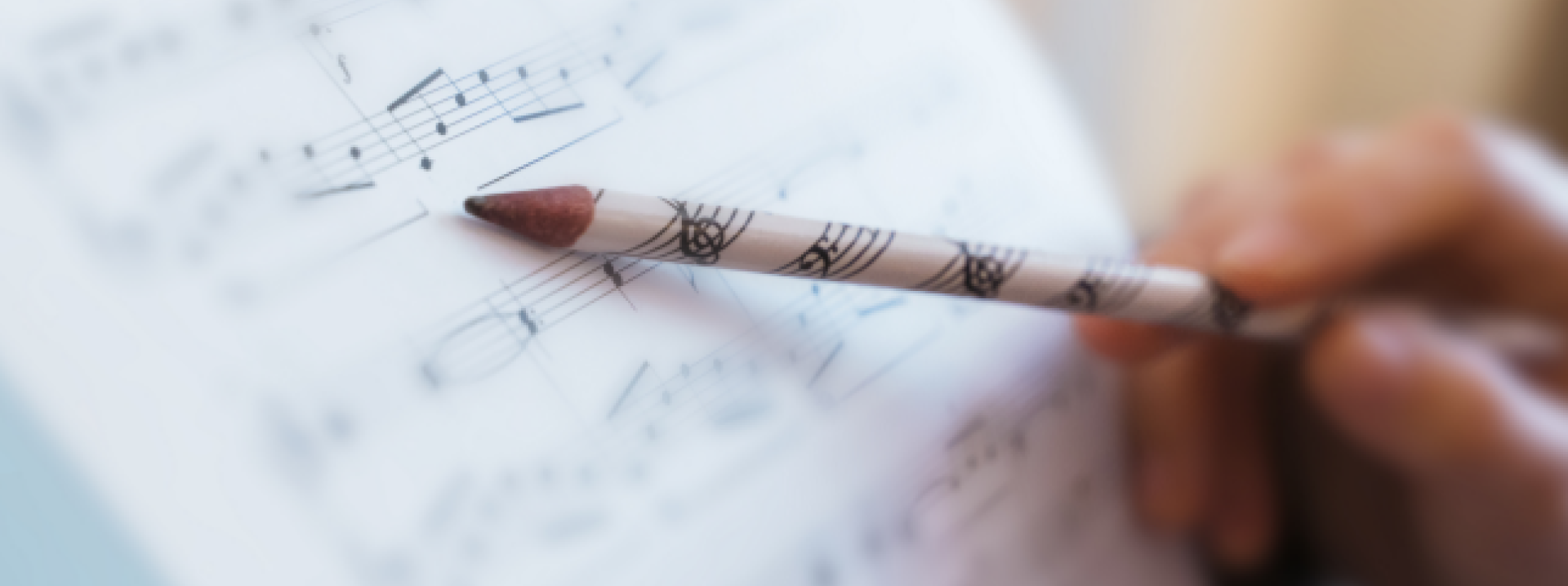Sheet music
Musical contribution - November 2016

Trio in C minor (L. Krebs) (1713-1780)
Strange things can sometimes happen in the mind of an organist. As a boy, I had to study a lot of trios between the ages of 10 and 13 years. And - to put it mildly - I didn’t enjoy it very much. I’d much rather play psalms with huge chords. Or toccatas. A melodious andante or a hushed prière. But trios ... no, they just weren’t my thing. First there were duos and trios by Hennie Schouten. Later some by Homilius, Krebs or Stölzel. Not to mention Bach’s trio sonatas.
Now, 30 years later, not only am I able to look back with gratitude at having had to learn so many of them, we can now offer you one too. A German professor recently wrote that playing trios is the foundation of organ technique. Someone else wrote that every stop is equal in trios. Trios are composed in a manner that brings three different instruments together to form a union.
This month, we have a trio by Krebs (for more information on this organist / composer, see the February 2014 musical contribution). Krebs himself writes “with soft stops” above the score. And indeed, if you use an 8’ flute on the separate keyboards and 16’ and 8’ in the pedal board, at a leisurely tempo, you will achieve a very hushed moderato. But if you substitute the soft stops, with 8’, 4’ instead of 8’, 2’, for example, or as in the recording 8’, 2’ with a reed, and you lift the tempo slightly, it will change the whole character of this trio, yet it will not be out of place.
If you also take into account the keys through which Krebs progresses:
C minor (bar 1)
E flat major (bar 16)
B flat major (bar 38)
G minor (bar 51)
C minor (bar 62)
And you give the major parts a little more openness than the minor fragments, I think you will get so much enjoyment out of playing trios that you will find yourself almost automatically buying much more of this type of music.
Musical regards,
André van Vliet